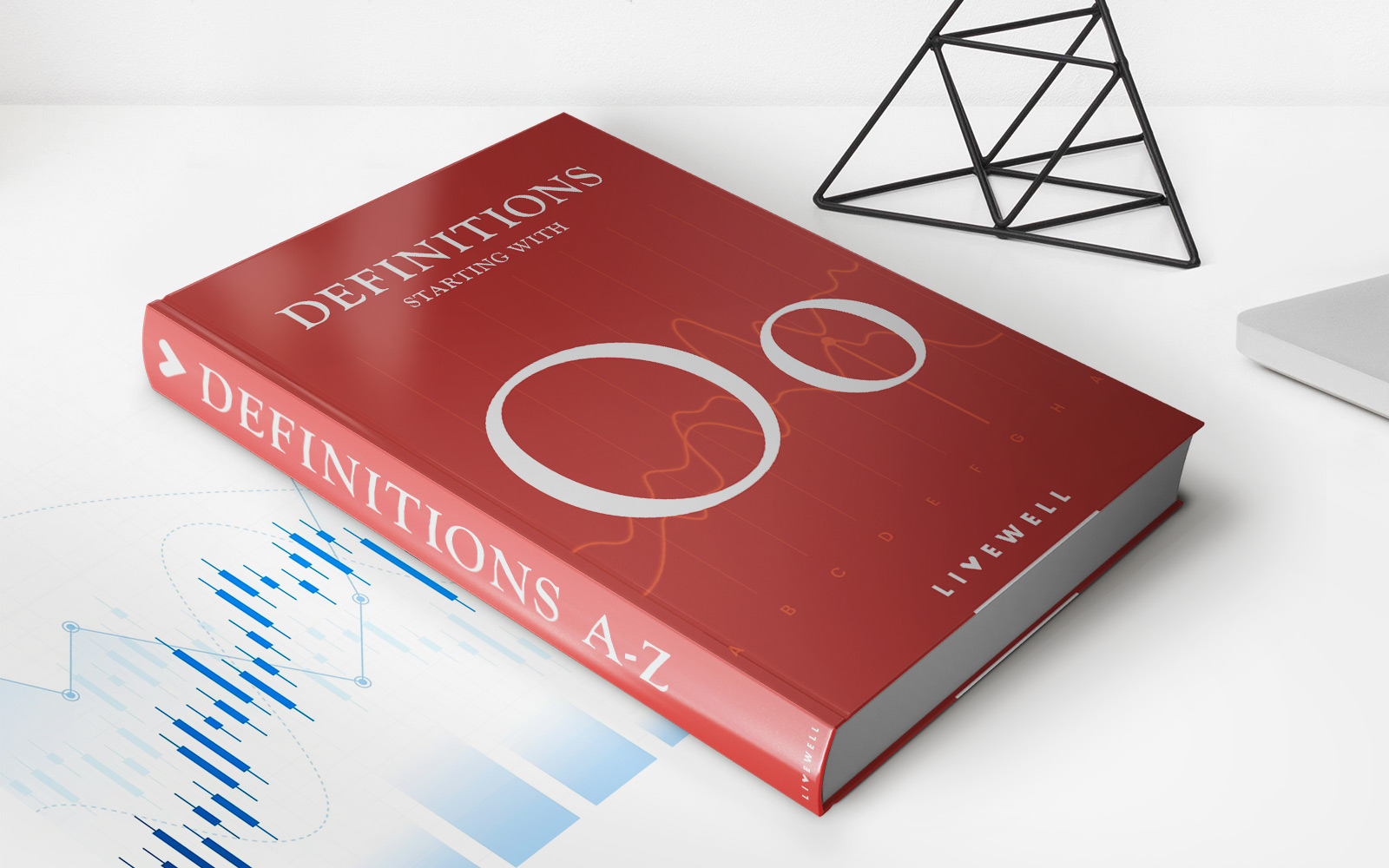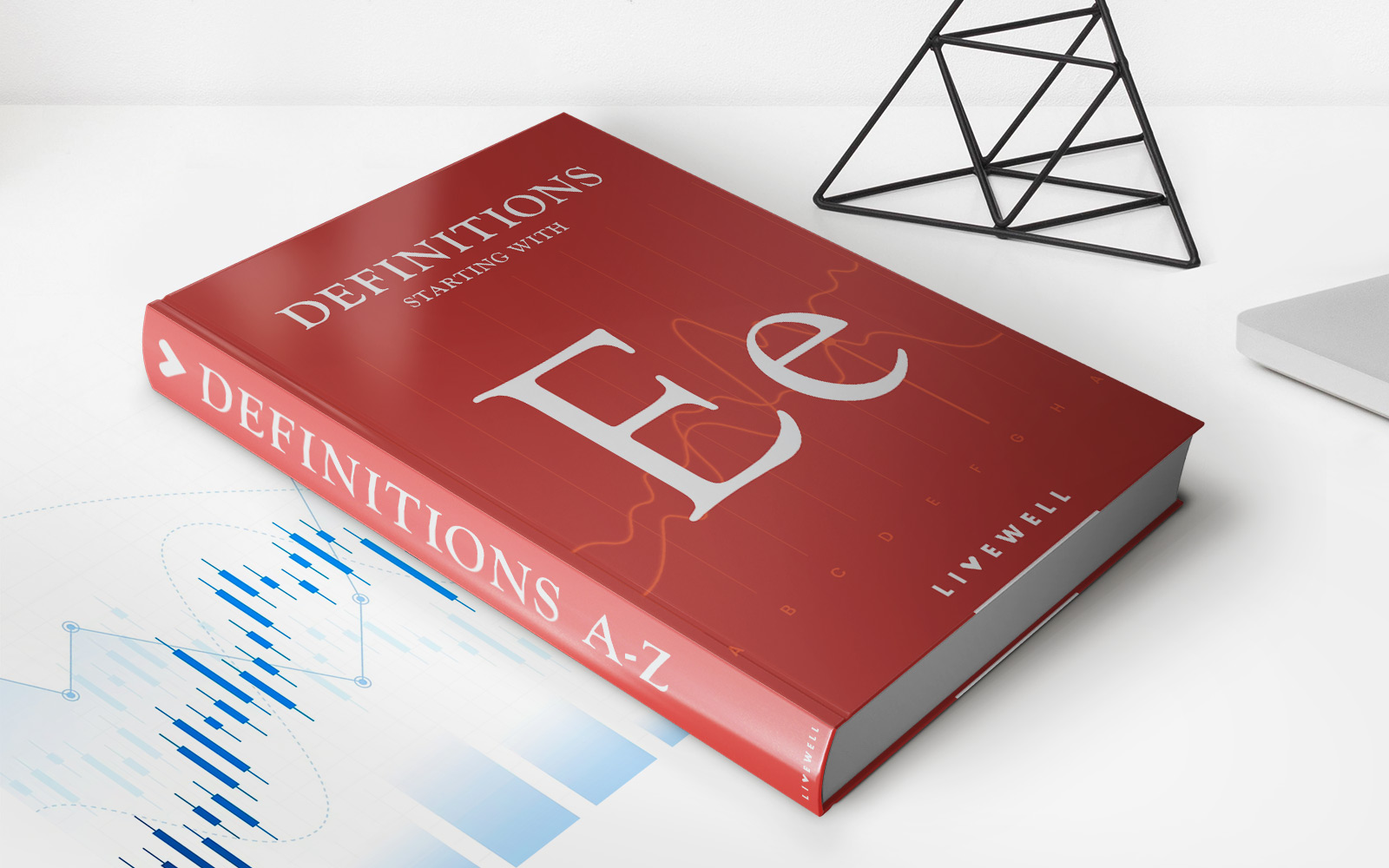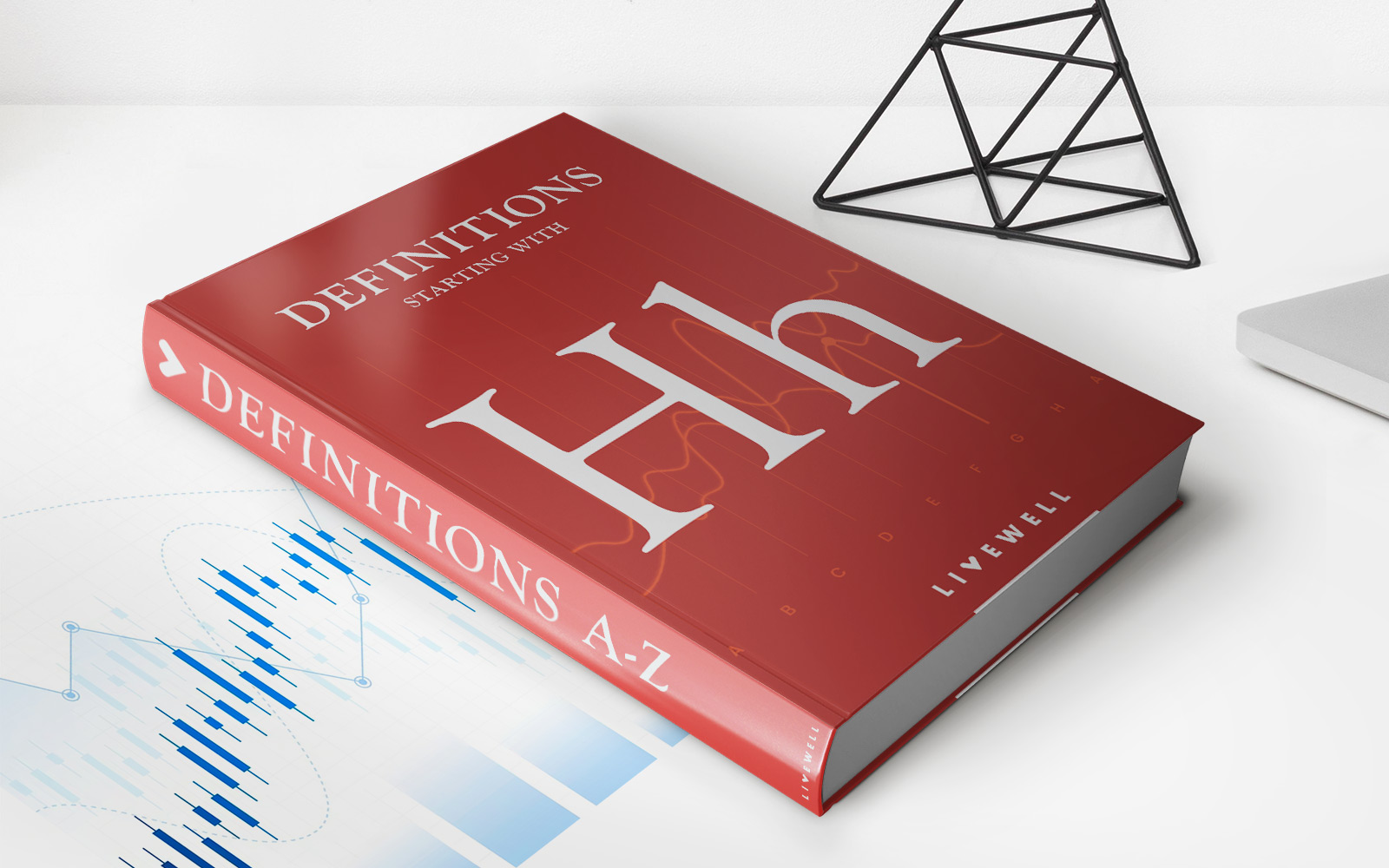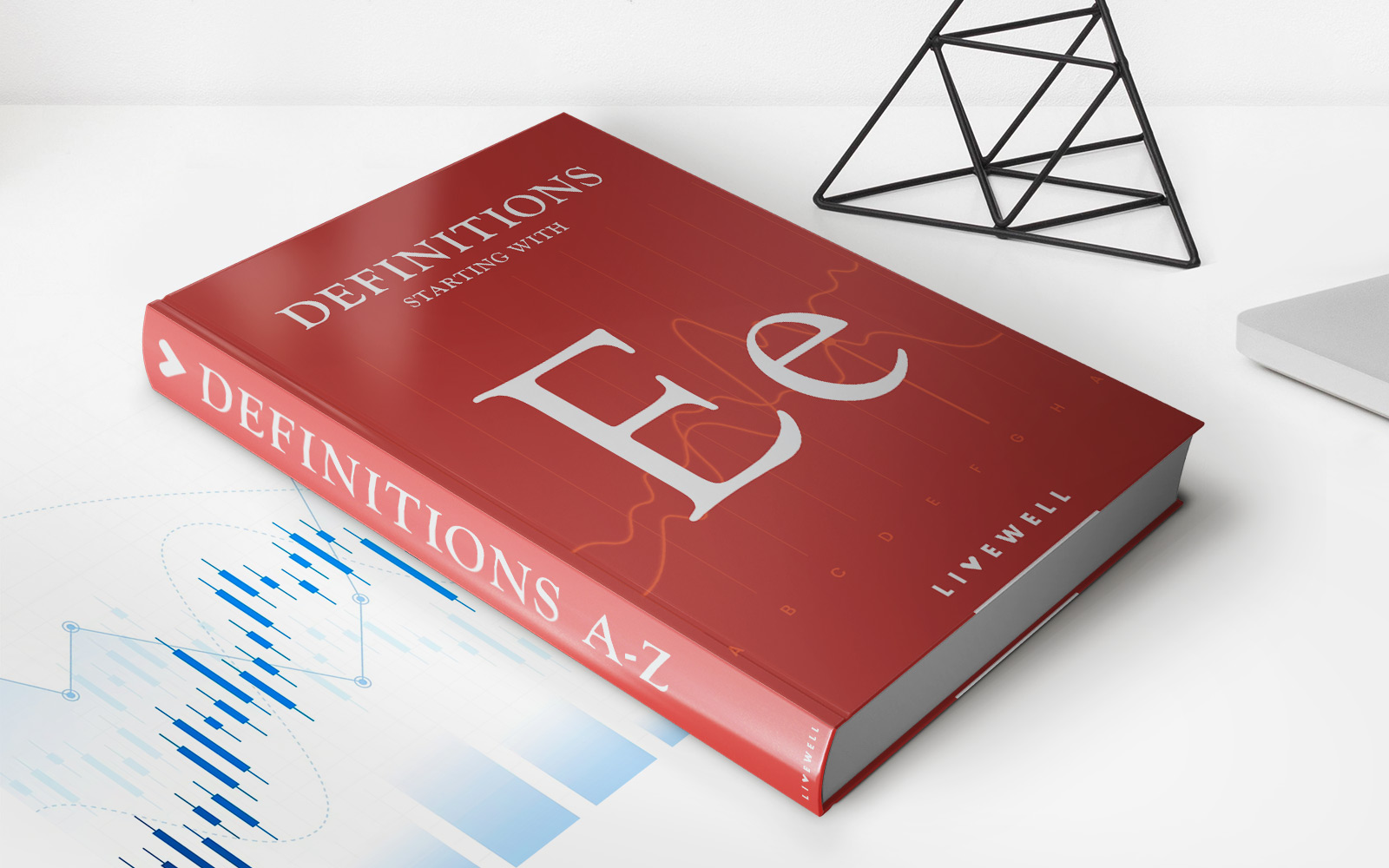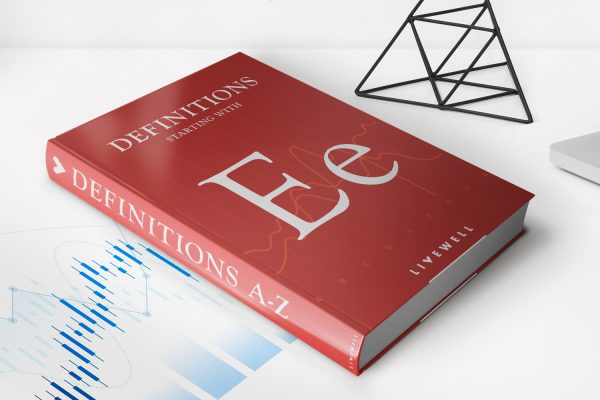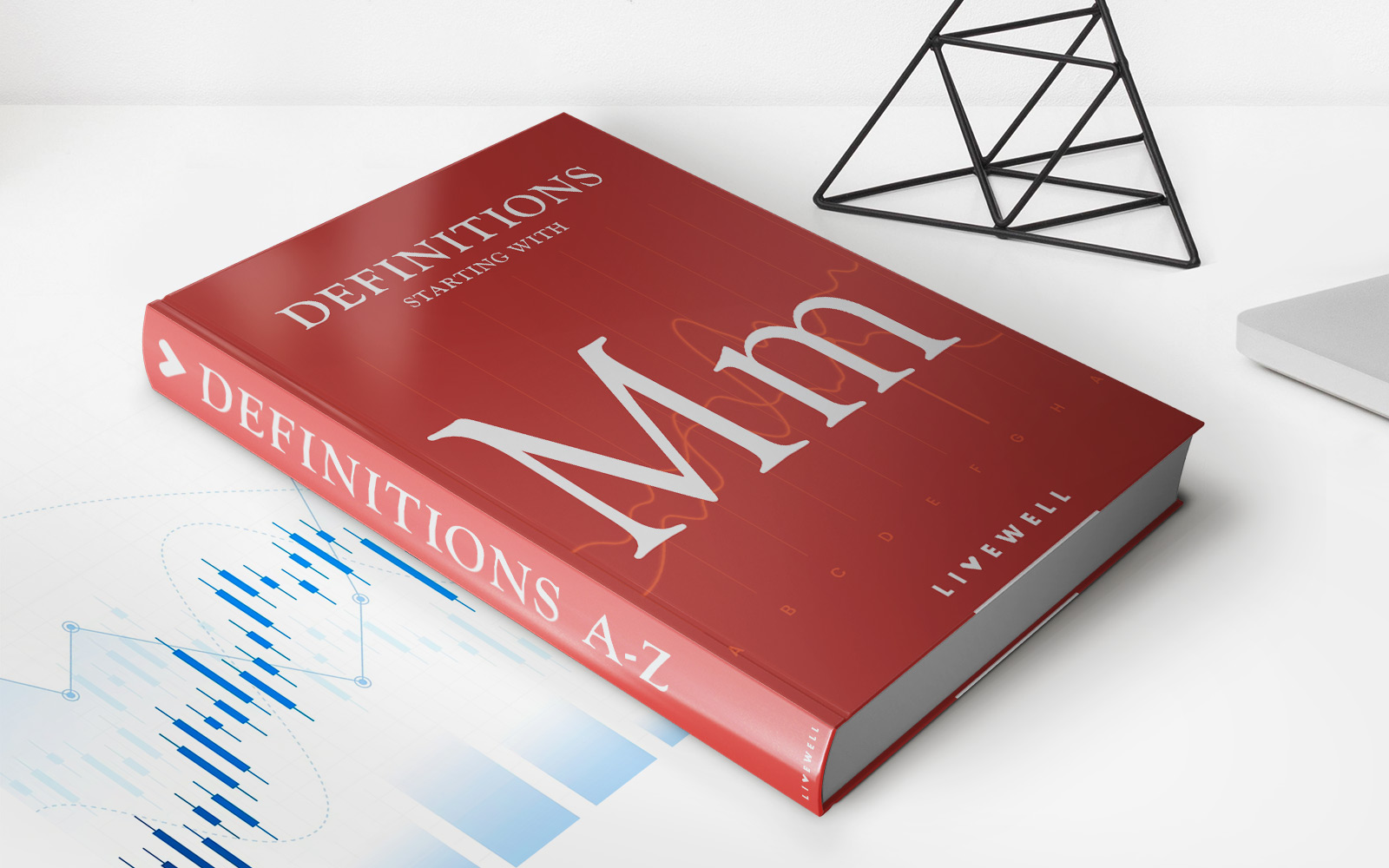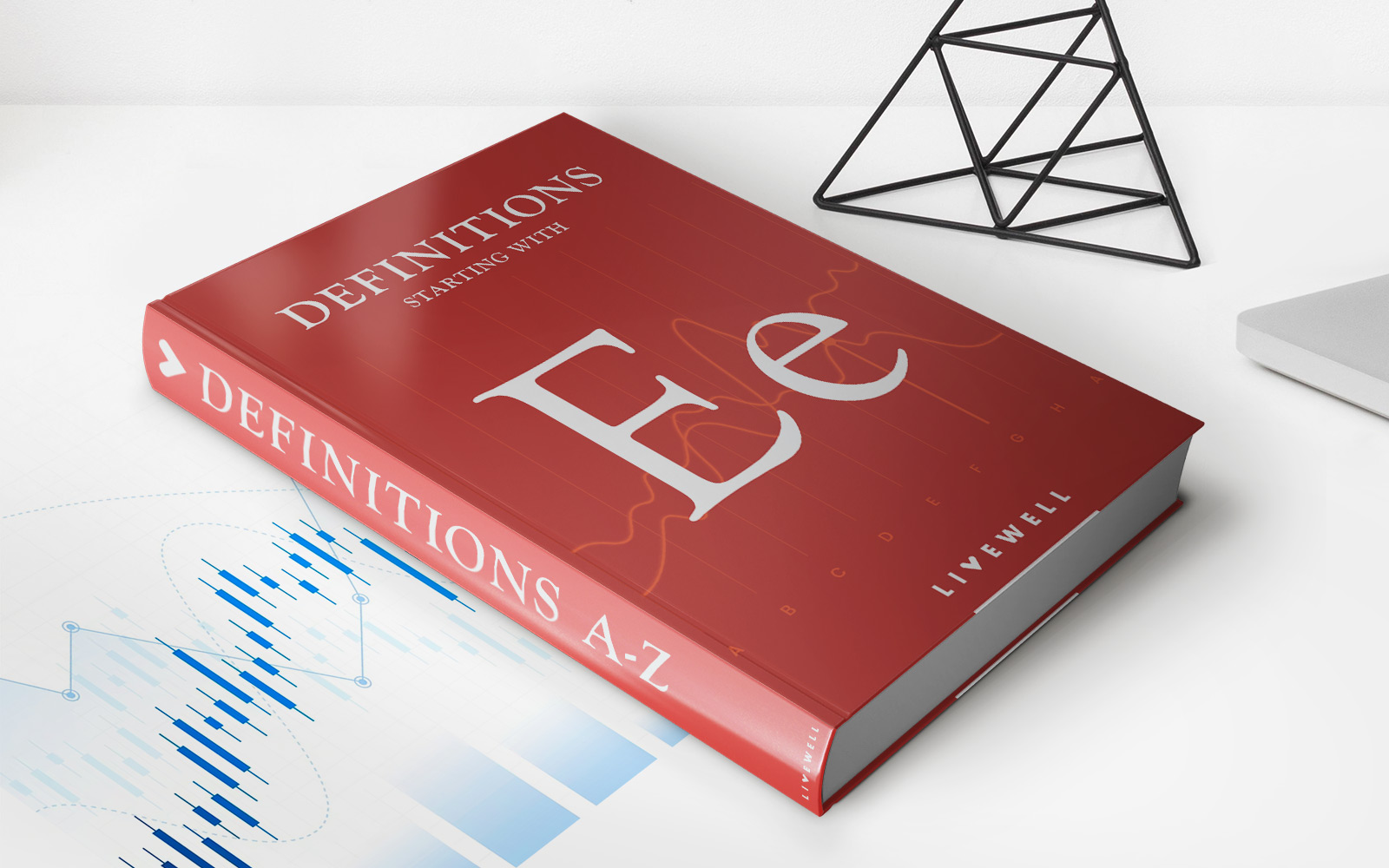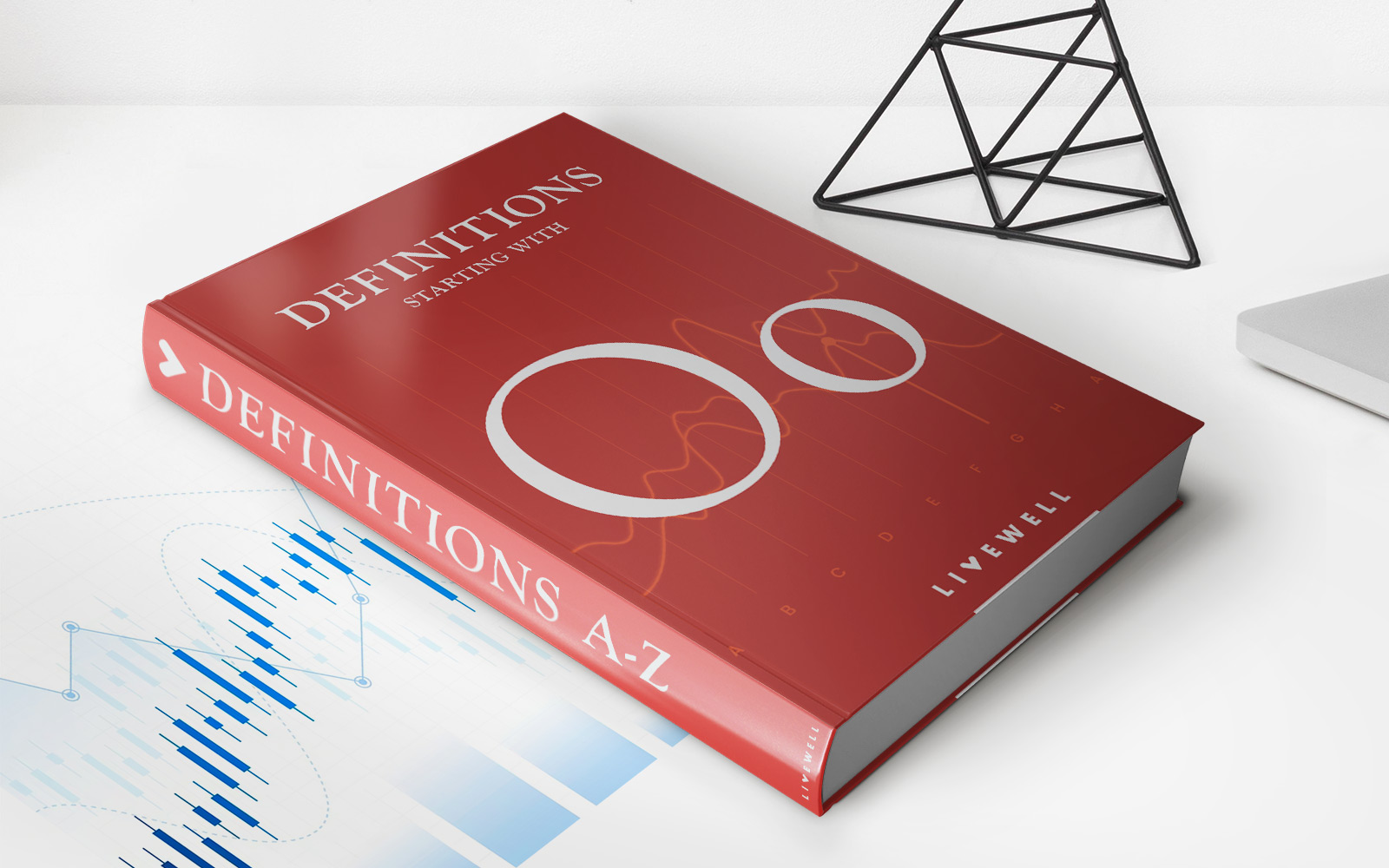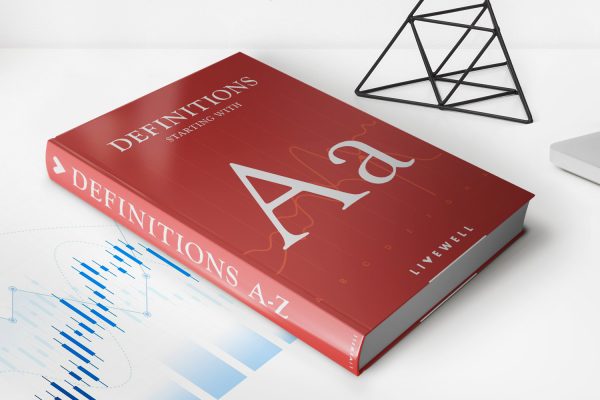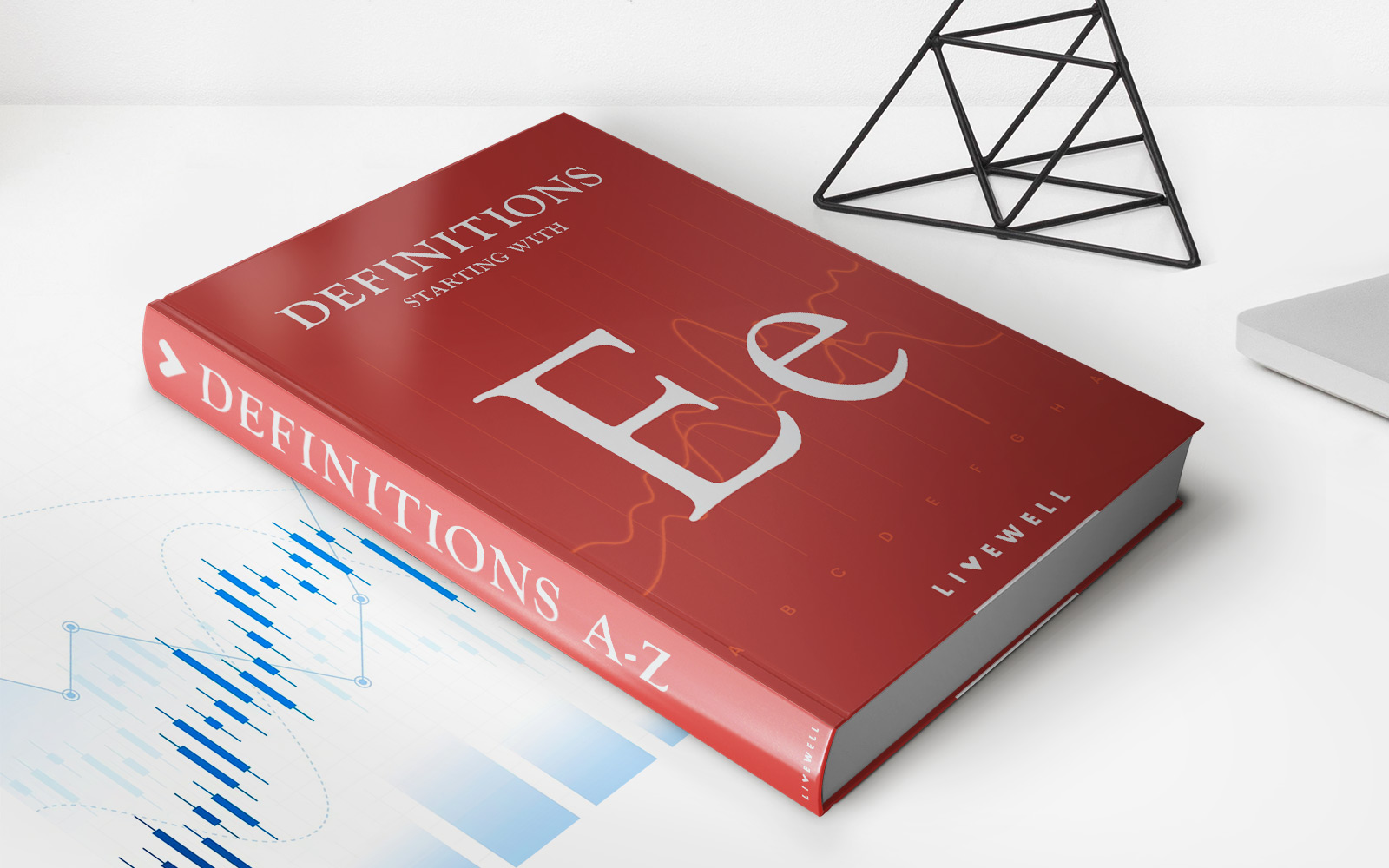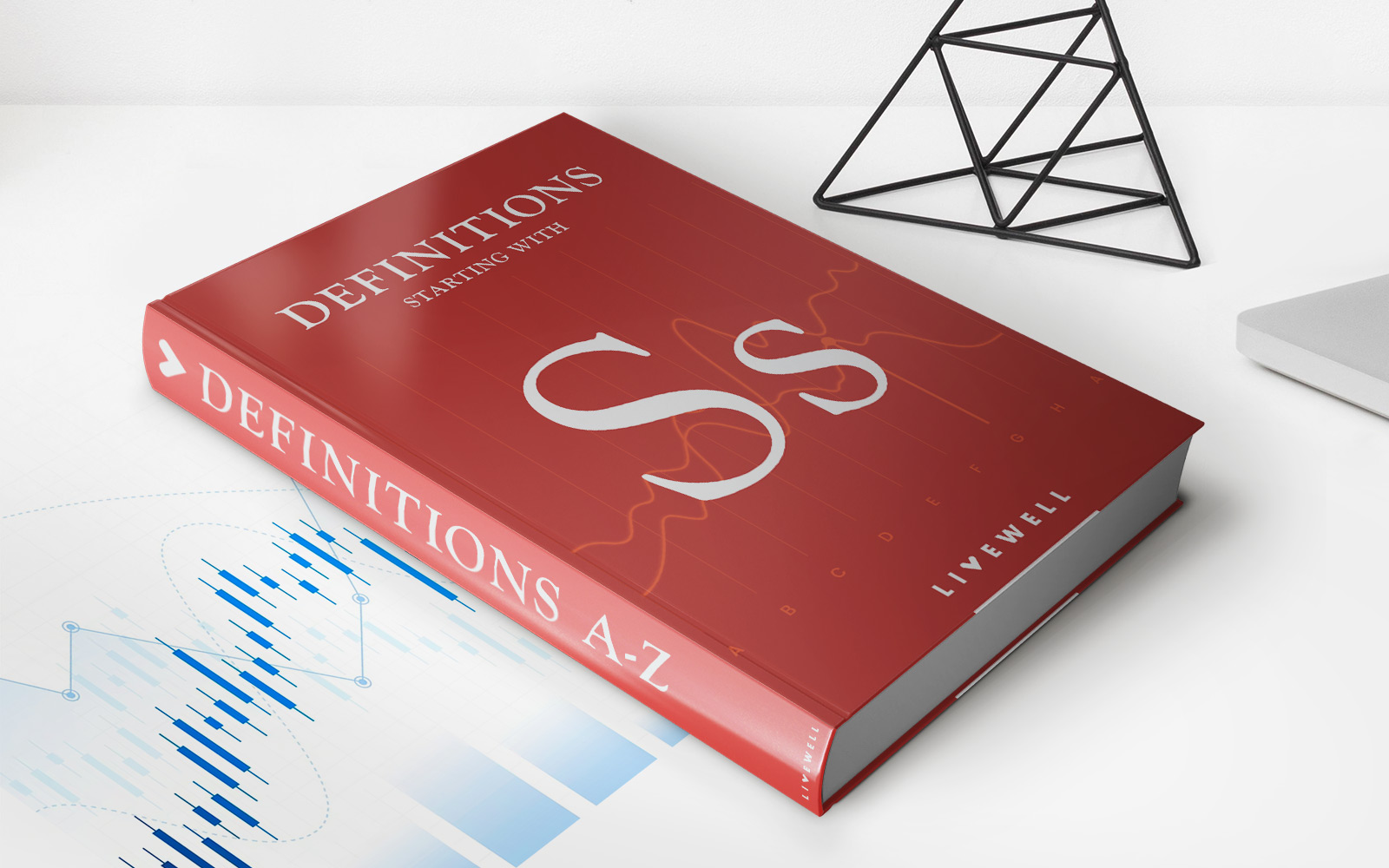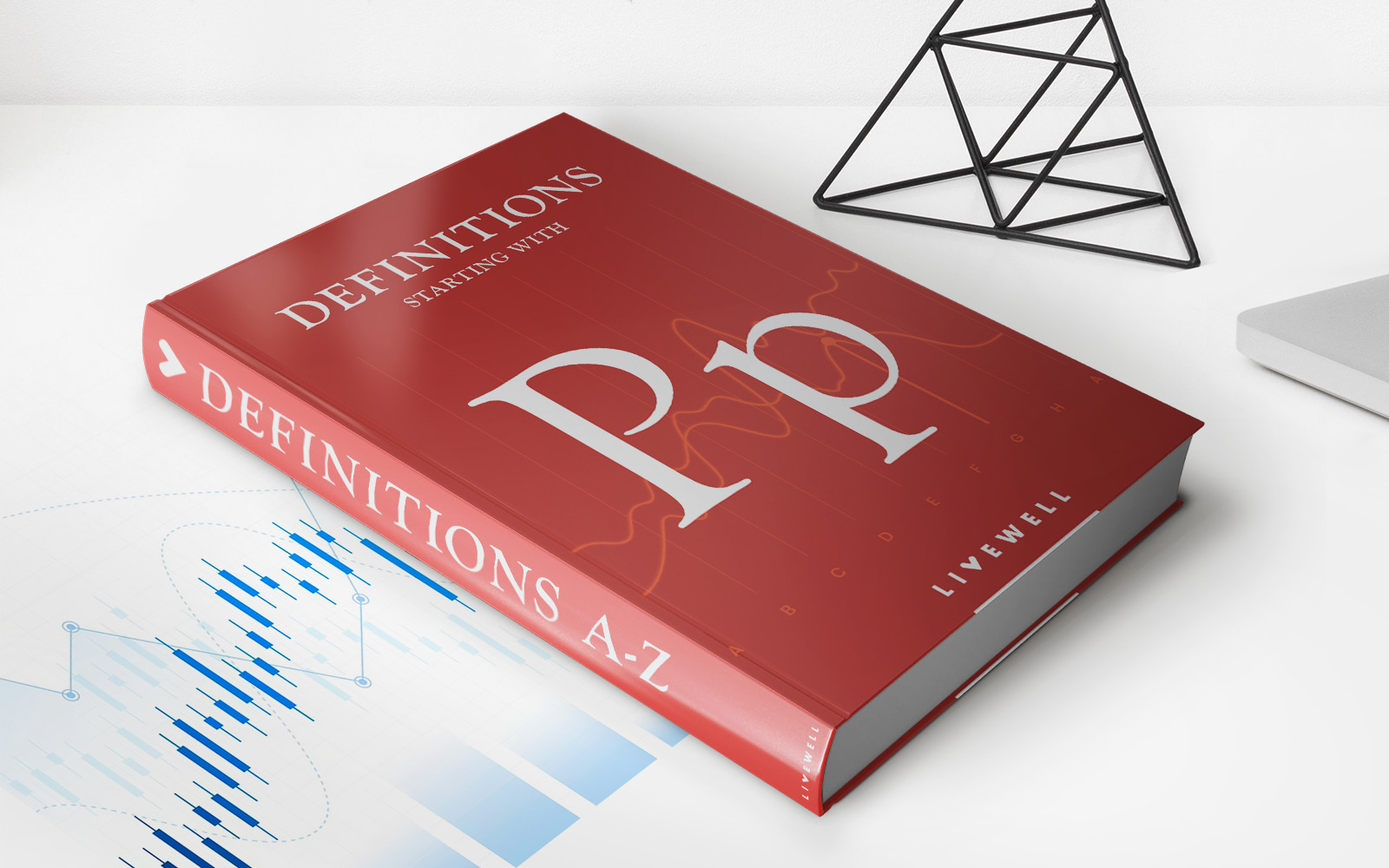Home>Finance>Euro Overnight Index Average (EONIA): Definition, Switch To ESTER


Finance
Euro Overnight Index Average (EONIA): Definition, Switch To ESTER
Published: November 19, 2023
Understand the EURO Overnight Index Average (EONIA) definition and discover the switch to ESTER. Stay updated with the latest finance news.
(Many of the links in this article redirect to a specific reviewed product. Your purchase of these products through affiliate links helps to generate commission for LiveWell, at no extra cost. Learn more)
What is Euro Overnight Index Average (EONIA)?
Are you interested in finance and want to learn more about Euro Overnight Index Average (EONIA)? Well, you’ve come to the right place! In this blog post, we will explore the ins and outs of EONIA, from its definition to the recent switch to ESTER. So, grab your favorite beverage and let’s dive into the world of finance!
Key Takeaways:
- EONIA is a key interest rate used in the euro area to calculate the cost of borrowing money overnight.
- This overnight rate is determined by the European Central Bank (ECB) and plays a crucial role in the financial markets.
Euro Overnight Index Average (EONIA): Definition
EONIA, also known as Euro Overnight Index Average, is an interest rate that represents the average rate at which overnight unsecured transactions are conducted in the euro area. It is calculated based on the actual transactions made by a panel of banks in the interbank market.
The European Central Bank (ECB) is responsible for determining the methodology and publishing the daily EONIA rate. This interest rate plays a significant role in the financial markets, as it serves as a reference for a wide range of financial products, including loans, bonds, and derivatives.
Switch to ESTER
In recent years, there has been a shift from using EONIA to a new benchmark rate called Euro Short-Term Rate (ESTER). The decision to switch to ESTER was driven by the need to adopt a more reliable and robust overnight rate that is compliant with the regulation on financial benchmarks (EU BMR).
ESTER (Euro Short-Term Rate) is based on actual transactions and reflects the wholesale euro unsecured overnight borrowing costs of banks. It is considered more representative of the market since it includes a larger number of transactions compared to EONIA.
- Key Takeaway 1: ESTER has replaced EONIA as the new benchmark rate for euro-denominated products.
- Key Takeaway 2: The switch to ESTER aims to provide a more accurate and reliable reference rate for financial markets.
The transition from EONIA to ESTER was completed on October 2, 2019. This change ensures that financial markets have access to a more robust and transparent benchmark rate. It also aligns with global efforts to enhance the stability and integrity of benchmark rates.
As an investor or financial professional, it is crucial to stay informed about these changes and understand how they may impact the financial products and investments you deal with. Being up-to-date with the latest developments in the world of finance will help you make informed decisions and navigate the markets more effectively.
In conclusion, Euro Overnight Index Average (EONIA) is a key interest rate that plays a crucial role in the euro area financial markets. However, with the recent switch to Euro Short-Term Rate (ESTER), the landscape is changing. Stay informed, stay curious, and stay ahead in your financial pursuits!
